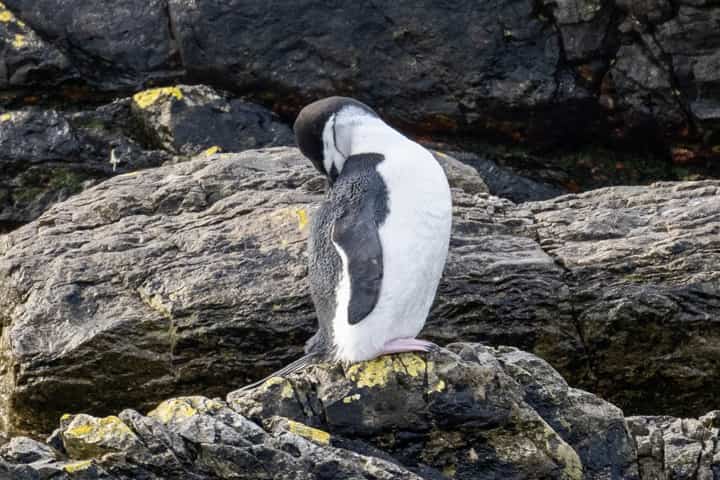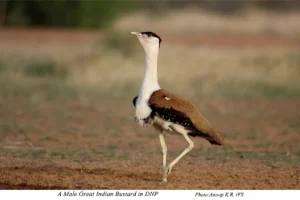A new study, details of which have appeared in the biological research journal, Proceedings of the Royal Society B, suggests that those birds that dive underwater will disappear from the earth faster than the non-diving ones.
As per a sciencenews.org report several of the water birds have developed bodies and behaviour that are specific to diving and once this ability has been gained, it can’t be changed. The researchers reached this conclusion after studying the evolutionary history of more than 700 species of water birds.
Some of these adaptations are substantially morphological. For example, those birds that dive into water from the air like some pelicans and gannets, may have undergone changes in their neck muscles and bones in the chest.
Chinstrap penguins clumsily dive off a glacier into the water. Video by Preben Alexander Jensen. pic.twitter.com/qLD13XrRTi
— Fascinating (@fasc1nate) December 31, 2022
Josh Tyler and Jane Younger, evolutionary biologists at the University of Bath in England and University of Tasmania in Hobart, respectively, studied the evolution of diving in a collection of 727 water bird species spread over 11 groups. The birds were divided into a non-diving category and one of the three types of diving ones, namely, winged-propelled pursuit like auks and penguins, foot-propelled pursuit like grebes and loons, and the plunge divers.
Scientists found that diving evolved at least 14 separate times in water birds yet there was no occasion when the diving birds went back to become non-diving.
On exploring the connection between diving and development of new species or demise of one, it was noticed that 32 per cent of the 236 diving bird species had 0.02 more species extinctions per million years than the new species generation.
On the other hand, in non-diving ones, 0.1 more new species per millions were generated than the rate of dying out species.
Elaborating on this aspect, Tyler said: “The more specialized you become, the more reliant you are on a particular diet, foraging strategy or environment. The range of environments available for foraging is much larger for the non-diving birds than for the specialist divers, and this may play into their ability to adapt and thrive.”
The less specialised diving birds had a better chance. For instance, among penguins, the gentoo penguins which have a larger diet base have bigger populations when compared to chinstrap penguins that generally depend on krill. The number of the latter are going down in some regions while that of the former have remained by and large stable.
The two scientists feel that if some diving birds get pinned down to their habitat because of their adaptations that does not spell good news for their long-term survival.
The International Union for Conservation of Nature has stated that of 727 water bird species, 156 are vulnerable, endangered or critically endangered. As per the scientists of this research 24 of the 75 diving bird species from the heightened extinction rates category are already on the threatened list.




















